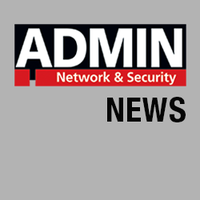Red Hat Adds Common Criteria Certification for RHEL 8.2
Red Hat, Inc. has further strengthened its RHEL platform by adding Common Criteria Certification for RHEL 8.2.
For those that aren't familiar with Common Criteria Certifications, the goal with these types of certifications is to assure a product meets specific security criteria for specific computing environments. These certifications go through rigorous validation using standardized and repeatable testing via a third party.
RHEL 8.2 was certified by the National Information Assurance Partnership (NIAP) after the testing and validation were handled by Acumen Security (a U.S. government-accredited lab). The operating system was tested and validated against the Common Criteria Standard for Information Security Evaluation (ISO/IEC 15408) against version 4.2.1 of the NIAP General Purpose Operating System Protection Profile. This process included the Extended Package for Secure Shell (SSH), version 1.0.
Paul Smith, senior vice president and general manager, Public Sector, North America, Red Hat said of the certification, “This first Common Criteria certification for Red Hat Enterprise Linux 8 shows that Red Hat continues to maintain crucial IT security certificates for its next-generation operating system as well as the fact that the world’s leading enterprise Linux platform can now provide a more secure and more intelligent platform for critical and classified deployments while retaining the flexibility, scalability, and innovation of Linux."
For more information, check out the official Red Hat announcement.
Subscribe to our ADMIN Newsletters
Subscribe to our Linux Newsletters
Find Linux and Open Source Jobs
Most Popular
Support Our Work
ADMIN content is made possible with support from readers like you. Please consider contributing when you've found an article to be beneficial.






